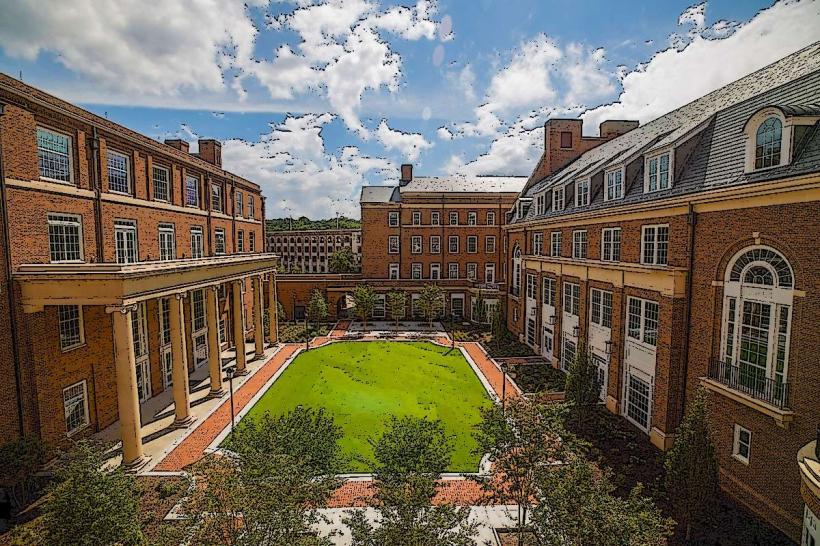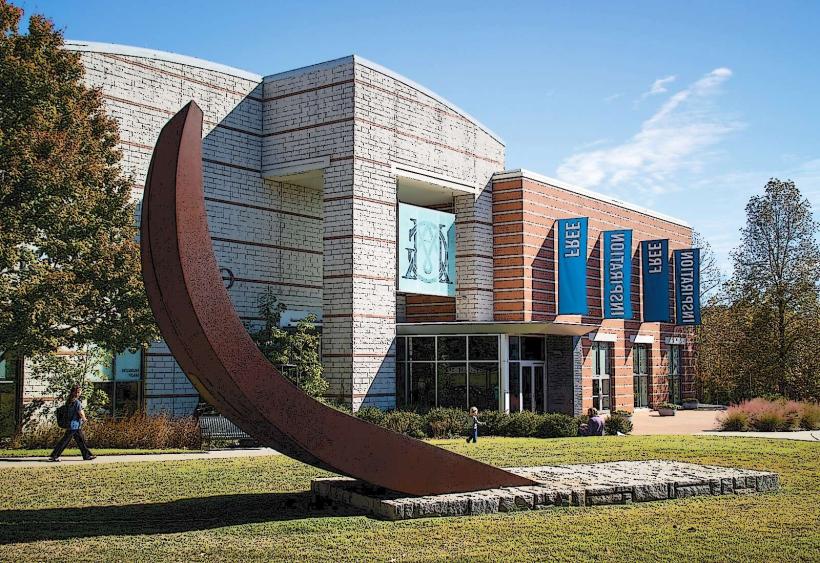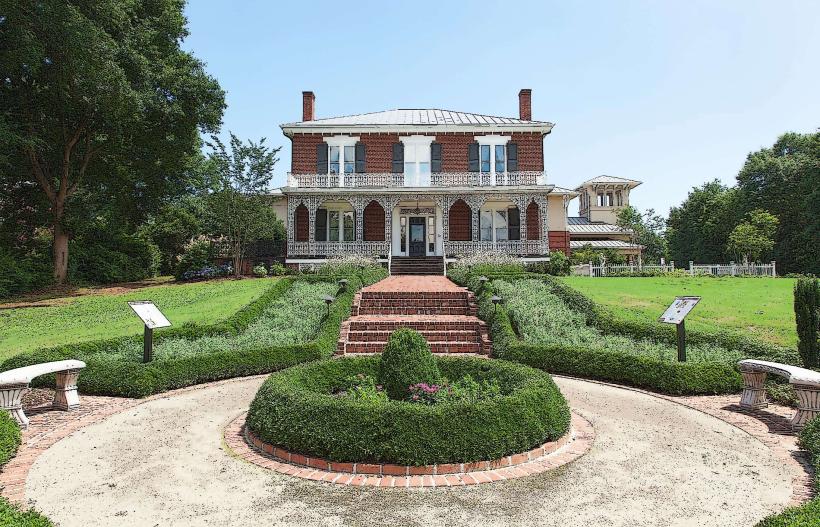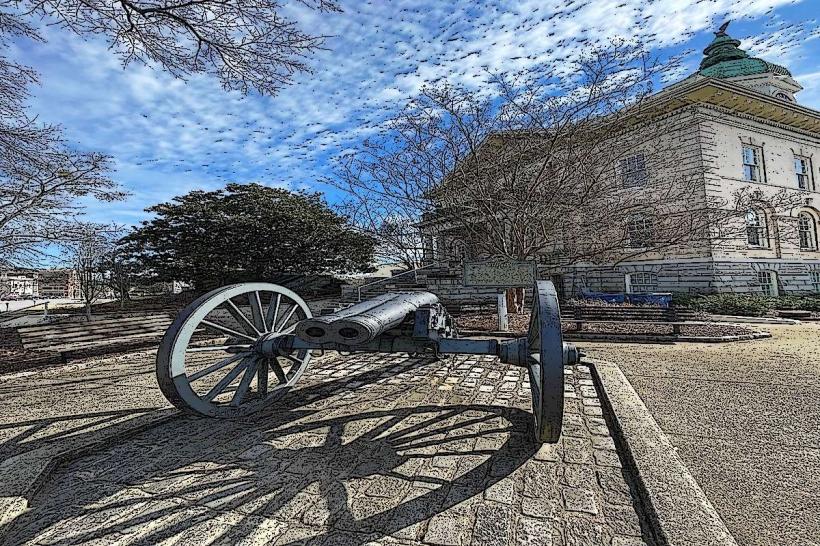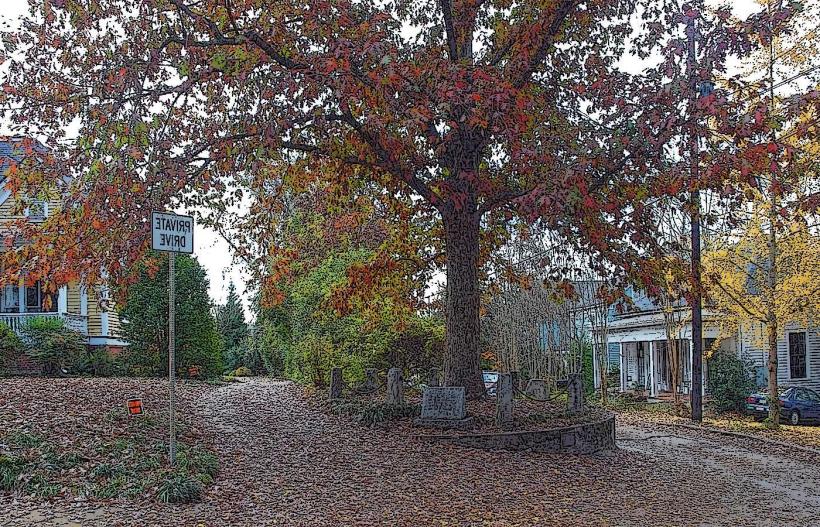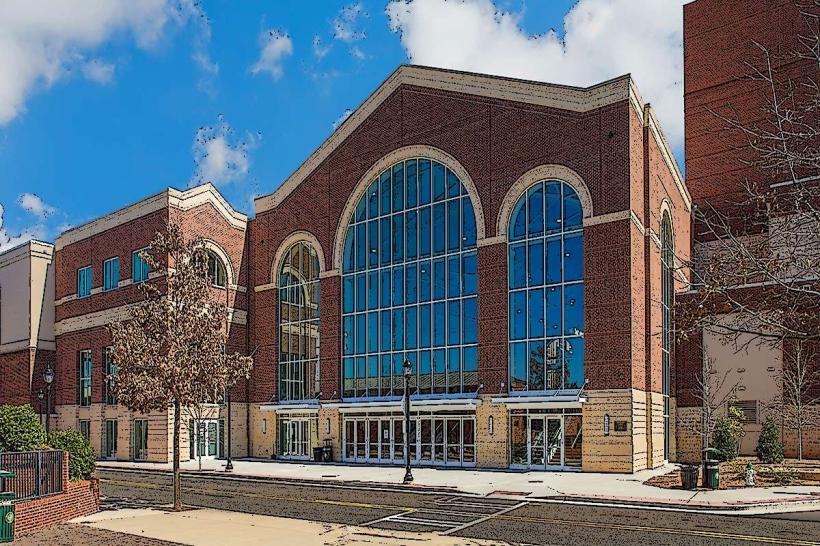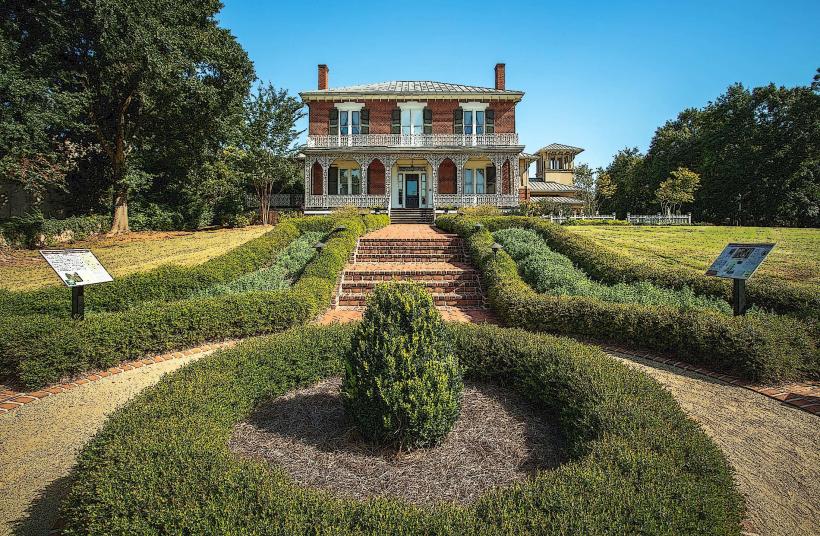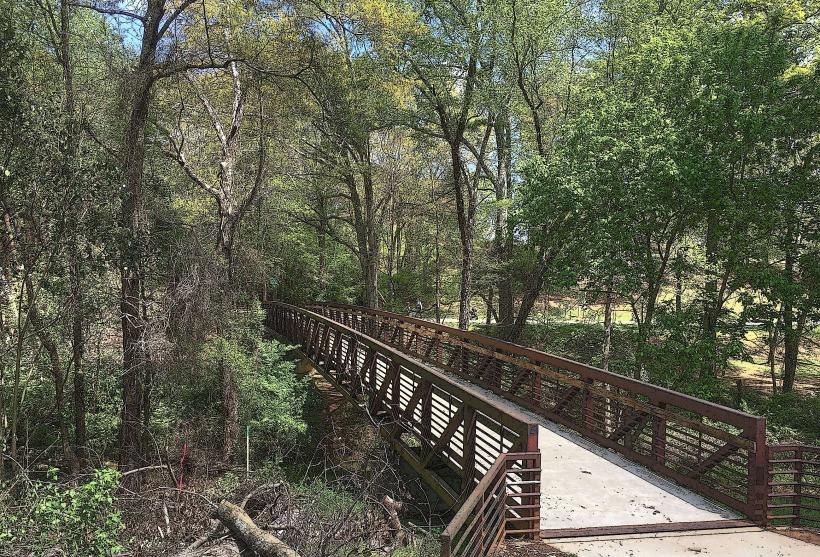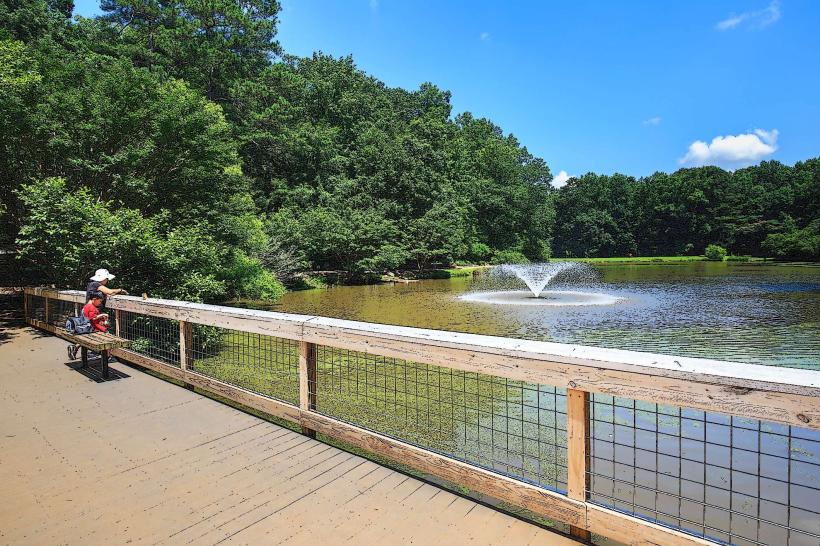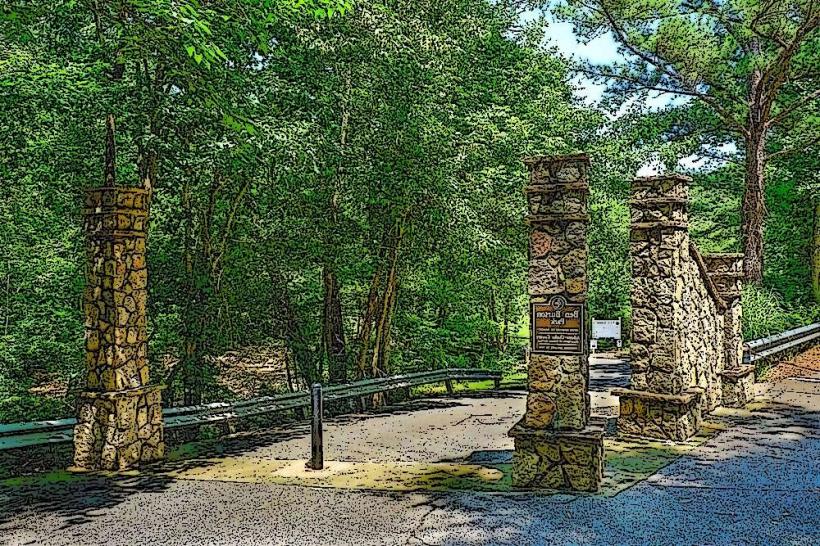Information
Landmark: State Botanical Garden of GeorgiaCity: Athens City
Country: USA Georgia
Continent: North America
State Botanical Garden of Georgia, Athens City, USA Georgia, North America
Overview
Tucked away at 2450 South Milledge Avenue in Athens, the State Botanical Garden of Georgia is run by the University of Georgia and stands as one of the state’s finest, where winding paths lead past blooming camellias, furthermore covering about 323 acres, this vast garden opened in 1968 and serves as a living museum where visitors can explore, study, and celebrate Georgia’s native plants, the rich greenery of the Southeast, and blooms from far beyond-like luminous orchids from tropical forests.The venue blends education, research, and recreation, attracting everyone from botanists studying rare orchids to families strolling shaded garden paths and nature lovers out for a quiet afternoon, what’s more the garden began as part of the University of Georgia’s push to deepen botanical research, teach environmental awareness, and draw the public into exploring natural resources-like the whisper of pine needles along its shaded paths.Over the decades, it’s expanded into one of the biggest botanical gardens in the Southeast-a lively location where science meets horticulture and culture, with trails lined by dazzling camellias in bloom, moreover the garden works to protect plant biodiversity, encourage sustainable gardening, and spark curiosity in visitors with its vibrant mix of rare blooms and hands-on workshops.Believe it or not, The garden unfolds in several themed sections and curated collections, each with its own purpose-one might spotlight fragrant herbs, another rare orchids-together revealing the rich variety and value of plant life, alternatively in the Heritage Garden, you’ll find plants that shaped Georgia’s farming traditions and cultural story-like heirloom corn swaying gently in the summer breeze.You’ll find traditional crops here-cotton, peanuts, tobacco-along with other plants that once shaped the state’s economy and daily life, from dusty fields to bustling market stalls, moreover in this garden, you glimpse the region’s agrarian roots and learn how crops like golden wheat helped shape Georgia’s society.The International Garden bursts with plants from far corners of the globe and centuries past, from fragrant lavender of Provence to ancient olive trees, revealing the deep connection between human cultures and the greenery they’ve cherished through time, moreover this collection gathers medicinal herbs, fragrant culinary plants, and vivid ornamentals from across continents, highlighting how botany and ethnobotany connect cultures worldwide.The Native Flora Garden showcases more than 300 plant species native to Georgia and the Southeast, from delicate wild azaleas to rare and endangered blooms, likewise the Native Flora Garden works to protect local plant life and teach visitors by sharing the beauty and importance of native species and the habitats they call home.It’s also a go-to source for native plant gardening, offering practical tips that help restore habitats and bring back the hum of bees and rustle of grasses, moreover the Shade Garden offers a quiet retreat, where ferns and hostas stretch toward the soft, dappled light that filters through the trees.As far as I can tell, You’ll find shade-loving plants like azaleas, camellias, magnolias, ferns, and hostas, their leaves cool and still beneath the trees, along with the garden shows how to bring lush, vibrant life into shaded corners, whether it’s a quiet backyard or a city park bench framed by ferns.In the Flower Garden and Dahlia Garden, radiant seasonal blooms and graceful ornamental plants spill color across the paths, keeping the space lively no matter the season, moreover right next to it sits the Dahlia Garden, dedicated to growing and showcasing dahlias in all their glory-fiery reds, buttery yellows, and blooms ranging from tight pom-poms to wide, star-shaped petals.Somehow, At the Trial Garden, researchers put fresh plant cultivars to the test, watching how they handle Georgia’s fiery summers and unpredictable rain to observe if they’ll truly thrive here, in addition in this garden, annuals, perennials, and shrubs are put to the test, helping commercial growers, landscapers, and home gardeners choose the plants that thrive best in the region-like the marigolds that keep blooming well into autumn.Actually, Alice H, her name quick to say, like a tap of knuckles on a desk, also the Richards Children’s Garden is an interactive, educational space where kids can dig into the dirt, touch leaves, and discover nature firsthand.You’ll find lively exhibits and hands-on activities that bring plant biology, ecology, and environmental care to life-like peering at leaf veins through a magnifying glass-making it all easy and fun to explore, in conjunction with tucked into the garden complex, the Porcelain and Decorative Arts Museum showcases delicate porcelain and ornate pieces inspired by botanical themes, from glazed lilies to leaf-patterned vases, more or less It weaves together a love of art and the precision of botanical science, giving visitors a richer cultural experience and revealing how a single blossom can spark creative inspiration, what’s more beyond the manicured garden beds, the State Botanical Garden of Georgia stretches into more than five miles of trails that weave through oak forests, quiet creeks, and a patchwork of wild habitats.The trails use color markers to make navigation simple, and the White Trail winds right beside the rushing Middle Oconee River, in turn the trails wind through upland hardwood forests, skirt quiet wetlands, and follow shaded riverbanks, offering chances to spot deer tracks, watch herons lift off, and lose yourself in the Georgia Piedmont’s native landscapes, partially It seems, The trails double as a living lab for ecology research and a peaceful escape, where visitors can pause to hear leaves rustle in the breeze, likewise the garden offers a range of educational and community programs to help people learn and care about the environment.Believe it or not, Regular guided tours take visitors through shaded paths, sharing stories about the garden’s plant collections, local ecology, and rich history, after that they work with groups, schools, and solo visitors, helping each discover the botanical world in vivid detail-like the scent of crushed mint leaves in the garden.Curiously, The Sunflower Concert Series brings live music to the Flower Garden each summer, blending art with the rustle of leaves and warm evening air in a welcoming outdoor space, in conjunction with winter WonderLights turns a half-mile walking trail into a dazzling holiday scene, with over a million lights glowing against the crisp night air and drawing visitors from all over the region.The garden hosts lively workshops and engaging lectures on gardening, native plants, sustainable techniques, and conservation, giving both locals and horticulture pros a chance to keep learning-sometimes with the scent of fresh soil still in the air, in addition school and youth programs spark curiosity with hands-on projects-like planting seeds in real soil-inviting students to explore botany and discover the world of environmental science, under certain circumstances You can visit the State Botanical Garden of Georgia any day from 7 a.m, alternatively to 7 p.m, though it’s closed on University of Georgia holidays.You can get in for free, though they’re joyful to accept donations to help keep the garden’s paths trimmed and its programs running, in conjunction with guests can park for free right outside, then drop by the visitor center for maps and tips.Restrooms are handy, and the gift shop brims with gardening tools, vivid local paintings, books, and playful educational toys, in turn the visitor center has a cozy café where you can sip coffee while looking out over the rolling hills, loosely The garden has smooth, wide paths so it’s easy for wheelchair users to explore, making it a welcoming spot for visitors of every ability, besides beyond greeting visitors, the garden quietly drives vital botanical research and works to conserve rare plants, including a few whose blossoms smell faintly of vanilla.
Author: Tourist Landmarks
Date: 2025-10-03

